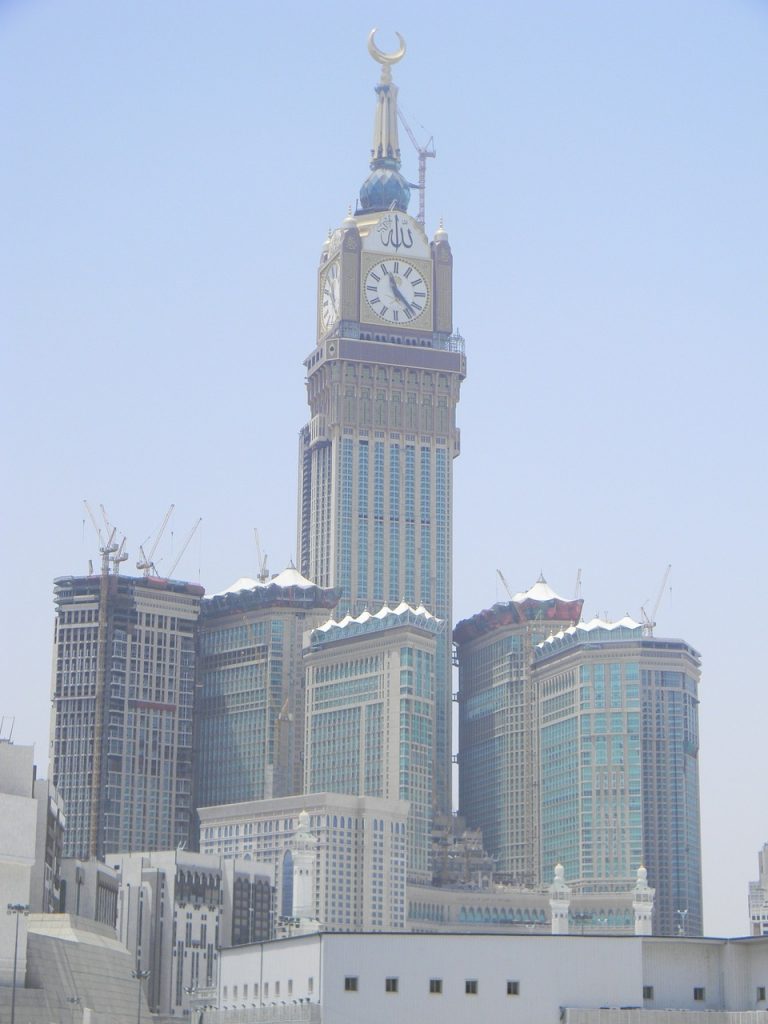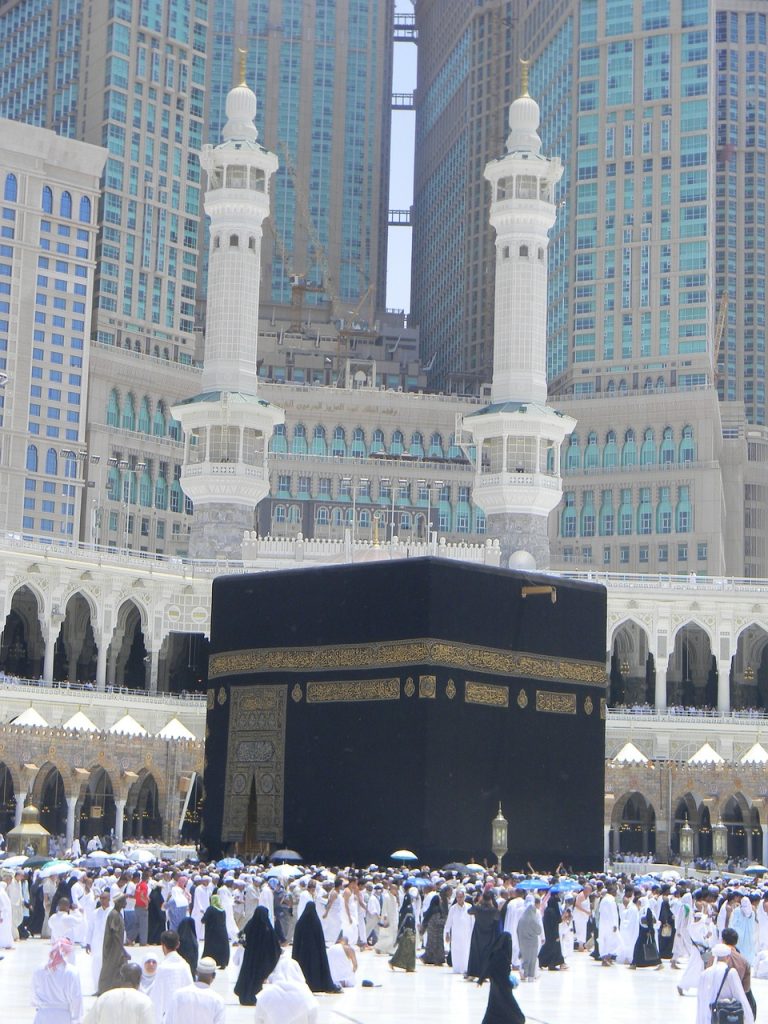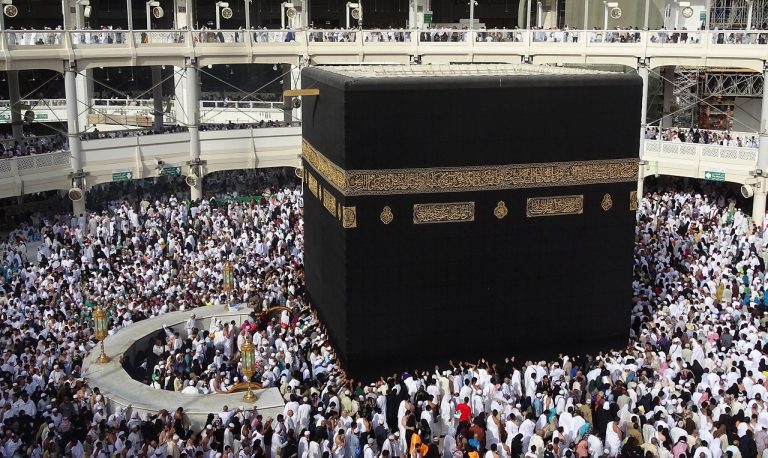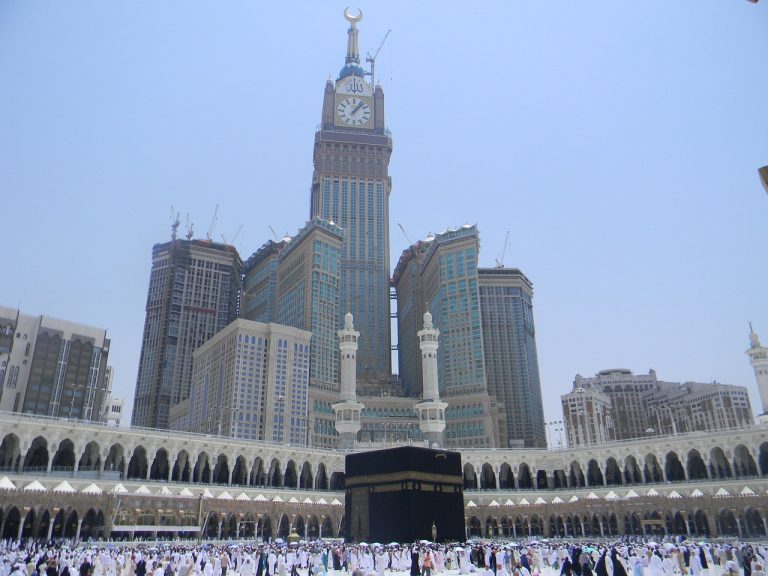Mecca Saudi Arabia Video
The Cultural Evolution of Mecca Saudi Arabia
Mecca, located in the Hejaz region of Saudi Arabia, is a city of great historical and cultural significance. Known as the birthplace of Islam, Mecca holds a special place in the hearts of Muslims worldwide. Over the centuries, the city has undergone significant cultural evolution, shaping its identity and attracting millions of pilgrims each year. This article explores the rich cultural heritage of Mecca and its transformation throughout history.
Pre-Islamic Era
- Pagan Worship: Before the advent of Islam, Mecca was a center of pagan worship. The Kaaba, a cubic structure believed to be built by Prophet Abraham, was a focal point for various polytheistic rituals.
- Trade Hub: Mecca’s strategic location along the ancient trade routes, particularly the Incense Route, contributed to its prominence as a commercial center. The city attracted traders from different regions, fostering cultural exchange.
- Arabian Poetry: Mecca was a hub for Arabian poets who celebrated the city’s natural beauty and its importance in Arabian society. Poetry competitions were held during annual fairs, showcasing the literary talents of the region.
- Jahiliyyah: The pre-Islamic era in Mecca, known as Jahiliyyah, was marked by tribal rivalries, social inequality, and ignorance. The arrival of Islam brought significant changes to Meccan society.
Islamic Era
- Prophet Muhammad’s Birthplace: Mecca is the birthplace of Prophet Muhammad, the founder of Islam. The city holds immense religious significance as the location of the first revelation of the Quran.
- The Kaaba: With the advent of Islam, the Kaaba was cleansed of its pagan idols and became the focal point of Muslim worship. Muslims worldwide face the Kaaba during their daily prayers.
- Hajj Pilgrimage: Mecca is the destination of the annual Hajj pilgrimage, one of the Five Pillars of Islam. Millions of Muslims gather in Mecca each year to perform the rituals associated with Hajj.
- Expansion of the Grand Mosque: The Grand Mosque, which houses the Kaaba, has been expanded over the centuries to accommodate the increasing number of pilgrims. It is a remarkable architectural marvel.
- Islamic Art and Calligraphy: Mecca has been a center for Islamic art and calligraphy, with intricate designs adorning the walls of the Grand Mosque and other religious buildings.
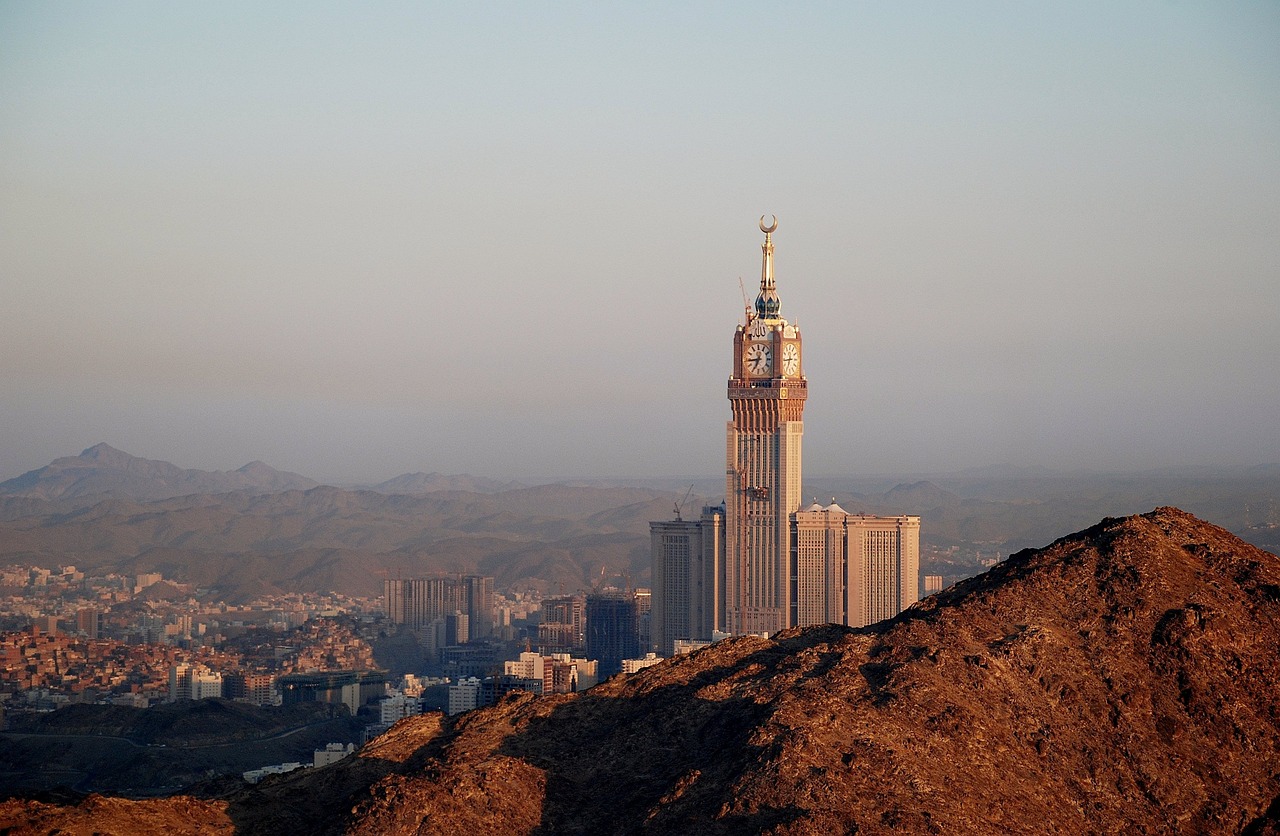
Modern Developments
- Infrastructure: In recent decades, Mecca has witnessed significant infrastructure development to accommodate the growing number of pilgrims. High-rise hotels, transportation networks, and improved facilities have transformed the city.
- Urbanization: Mecca has experienced rapid urbanization, with modern buildings and skyscrapers changing the city’s skyline. However, efforts have been made to preserve the historical sites and cultural heritage.
- Economic Impact: The Hajj and Umrah pilgrimages have a significant economic impact on Mecca, driving tourism and generating employment opportunities. The city’s economy relies heavily on the religious tourism sector.
- Cultural Diversity: Mecca attracts Muslims from all over the world, creating a diverse and multicultural environment. This cultural diversity is evident in the variety of languages, traditions, and cuisines found in the city.

Preservation of Heritage
- Historical Sites: Mecca is home to several historical sites, including the Cave of Hira, where Prophet Muhammad received his first revelation. Efforts have been made to preserve and protect these sites.
- Museums: The Mecca Museum showcases artifacts and exhibits related to the Islamic history of the city. It provides visitors with a deeper understanding of Mecca’s cultural heritage.
- Architectural Conservation: Restoration projects have been undertaken to preserve the architectural heritage of Mecca, ensuring that historical buildings and structures are protected for future generations.
Contemporary Challenges
- Infrastructure Strain: The rapid influx of pilgrims during Hajj and Umrah puts immense pressure on Mecca’s infrastructure. The city faces challenges in managing the increasing number of visitors while ensuring their safety and comfort.
- Preserving Tradition: As Mecca modernizes, there is a need to strike a balance between development and preserving the city’s cultural and religious traditions. Efforts are being made to maintain the authenticity of Mecca’s heritage.
- Sustainability: With the growing environmental concerns, Mecca aims to implement sustainable practices, such as reducing waste and energy consumption, to minimize its ecological footprint.
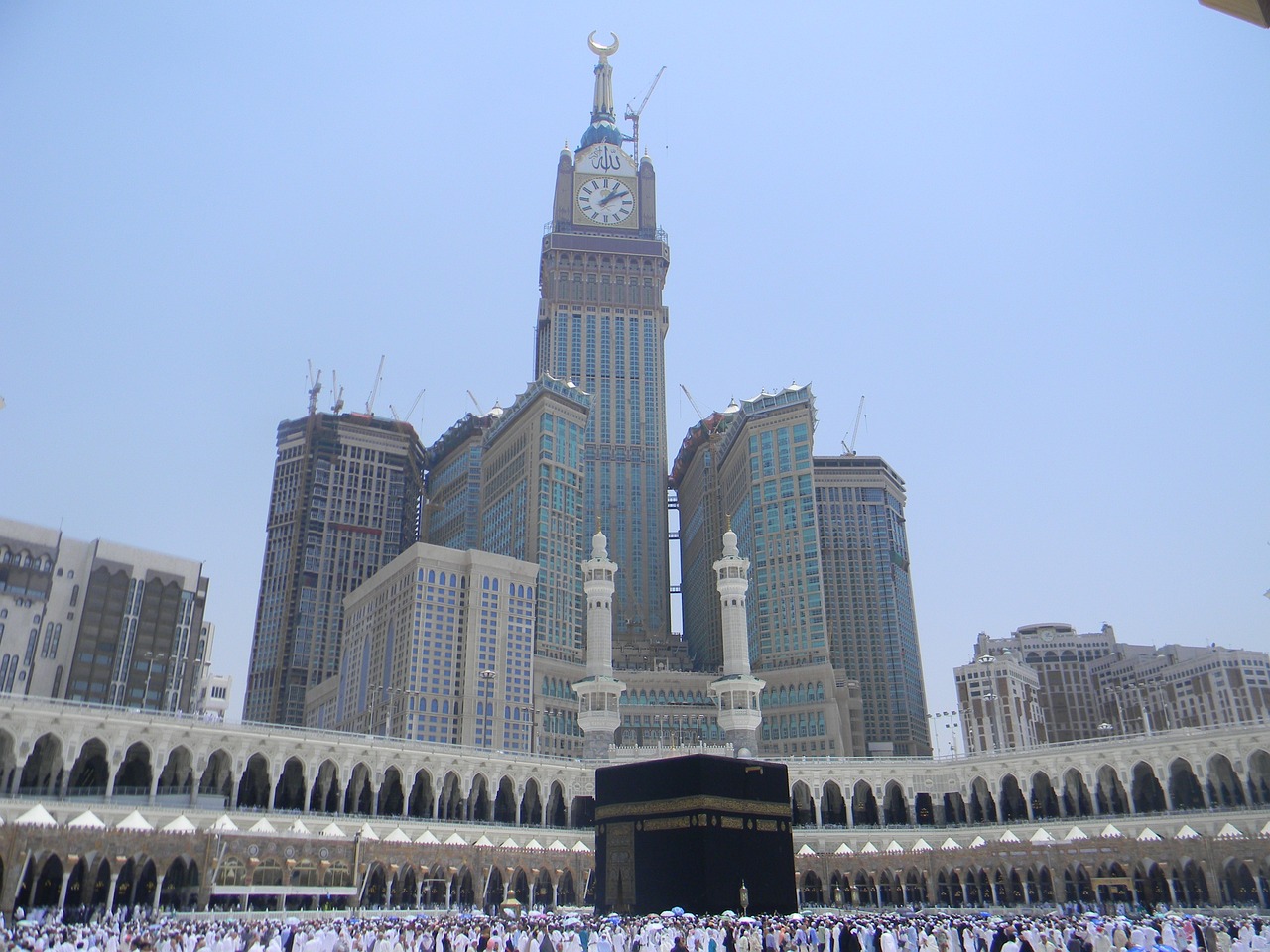
Conclusion
Mecca, the cultural epicenter of Islam, has witnessed significant cultural evolution throughout its history. From its pagan roots to becoming the birthplace of Islam, Mecca holds immense religious and historical significance. The city’s transformation into a modern metropolis has brought both opportunities and challenges. Efforts to preserve Mecca’s heritage and accommodate the needs of pilgrims continue to shape the city’s cultural landscape. Mecca remains a symbol of unity and devotion for Muslims worldwide.
References
- islamiclandmarks.com
- saudiarabia.com
- islamweb.net
- aljazeera.com




